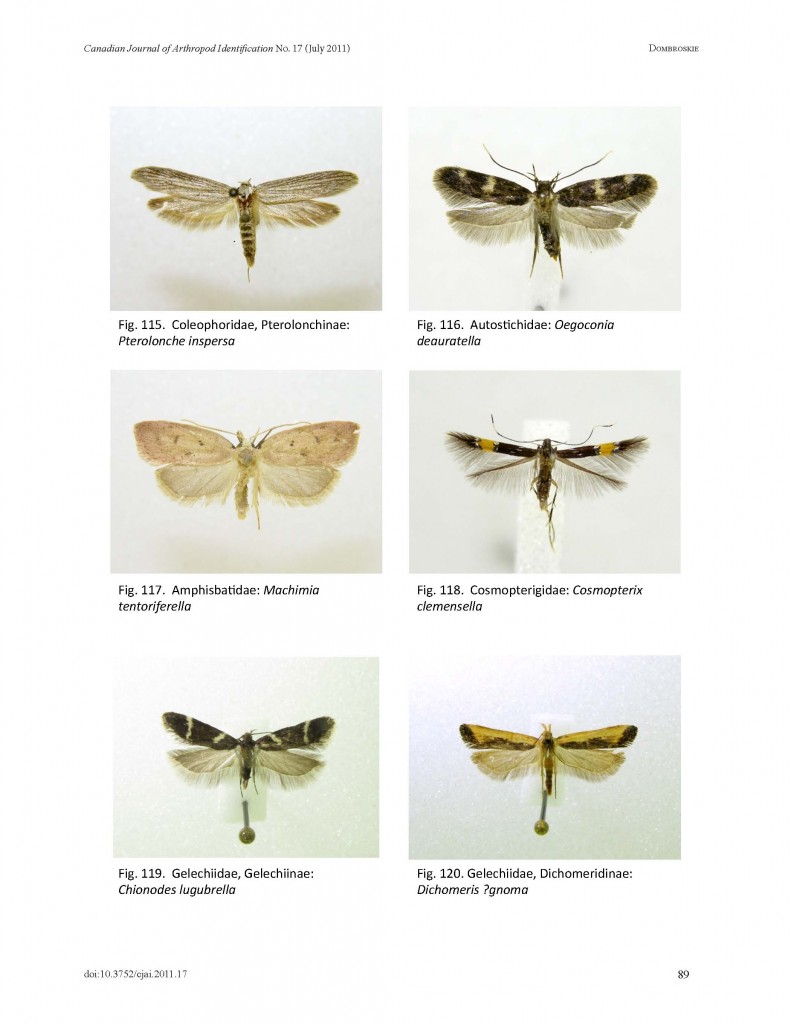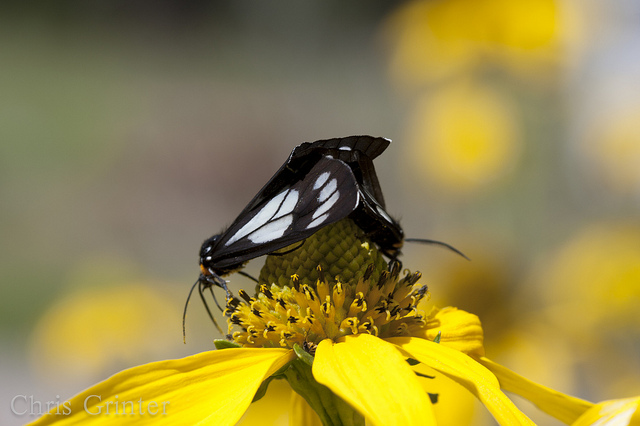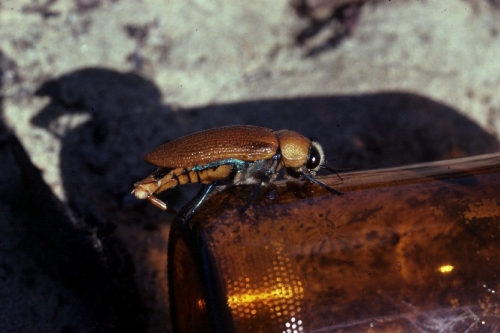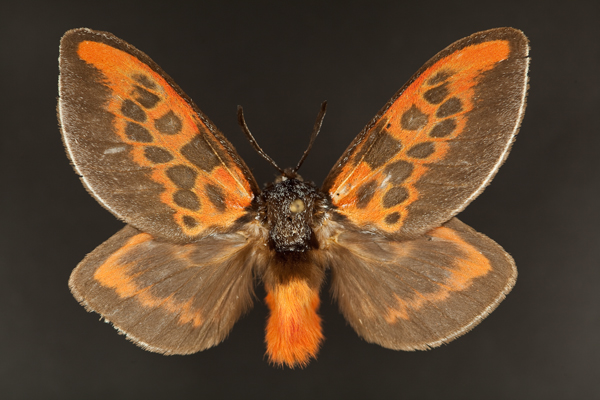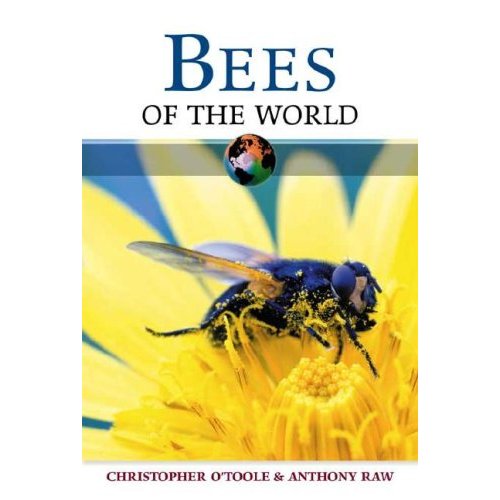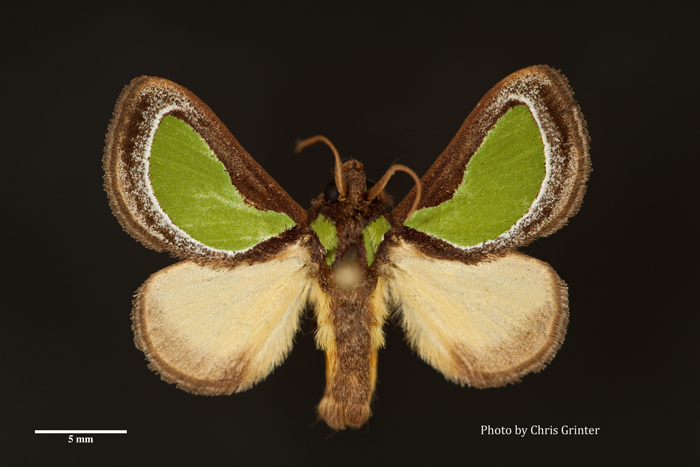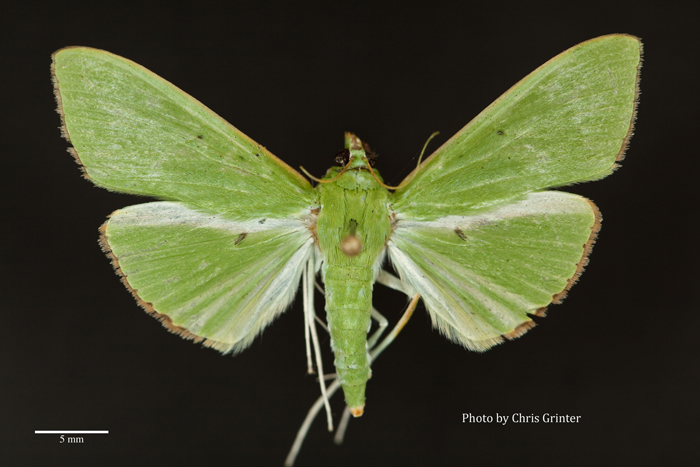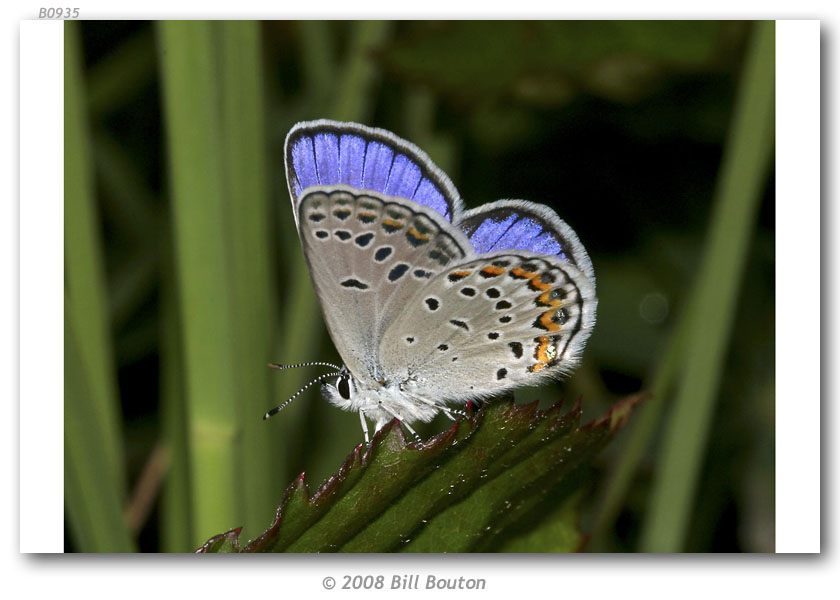Кілька місяців тому чудовий ключ до лускокрилих Канади (всі вони) був опублікований Джейсон Домброскі – аспірант з U. Альберти. Програма доступна для користувачів Windows тільки тому я не мав хороший шанс досліджувати його ще – але PDF доступний онлайн і охоплює той самий матеріал. Всі відомі канадські лускокрилі включені в цей ключ, і більшість з них до підродини або навіть племені! Є 222 таксонів, 73 персонажів і 266 стани характеру, які допомагають звузити питання. Це перша довідка подібного роду, яка точно та повністю охоплює фауну цілої країни, і перша, яка використовує добре ілюстрований та інтерактивний ключ. Дивно, наскільки добре відомі лепси, але як мало хороших посилань існує, майже жоден з яких не має корисного ключа. Для всіх, хто раніше намагався визначити лепси, це буде неймовірно корисний ресурс. Звичайно, є ймовірно кілька американських молі, які можуть кинути ключ у потік речей, але за великим рахунком сумніваюся, що проблем буде багато.
|
У понеділок молі Arctiinae, Gnophaela vermiculata. These beautiful day flying moths were abundant on yellow Helianthus flowers around 9000′ в Санта-Фе Національний заповідник, Нью-Мексико. Гусениці живляться на дзвіночків, але дорослі воліють високу якість джерело нектару в області – which fortunately makes for easy and attractive photo subjects. Сьогодні виповнюється сумний день в історії фізики, the Tevatron accelerator at Fermi Lab in Batavia Illinois was powered down for the last time. Після того, як другий найпотужніший прискорювач в світі (і найпотужніший в США), the new LHC has made this beautiful machine obsolete. I can only assume the teams of scientists working at Fermi were hopeful for further funding, but the grand ol’ days of big-budget physics was crushed by congress in 1993 with the cancelation of the SSC. Off to Europe our physicists go! I have many fond memories of visiting Fermi with my grade school science class. Every year Mr. House would take us to explore the physics and nature surrounding the lab. I recall a feeling of privilege when you visited a real working lab where there were no public displays with cute goggly-eyed atoms, just chalk boards full of Feynman diagrams and 3 day old cups of coffee. But it was probably the fully restored big bluestem prairie that grew on and around the 4 mile collider ring was where I had the most fun and is what left a lasting impact on my scientific career. And so it goes, the evolution of science in the US. I have noticed this particular trend: 1) An active science facility with lots of research has a tiny museum for public tours. 2) The research loses funding and the tiny museum takes over. 3) The museum is renovated to be more “family” friendly and “interactive”, while science is pushed into the basements. 4) Whatever scientists are left (or students hired to act like scientists) are put under glass for the public to watch like strange creatures; all while true research fades into memory. The 2011 Ig Nobel ceremony took place yesterday at Harvard’s Sanders Theatre. The award is sponsored by Improbable Research, an organization that gathers fascinating, odd, and outright hilarious research papers that triumph the idea that not all science is boring. Among this year’s distinguished recipients was fellow entomologist and blogger David Rentz, who received the IgNobel in Biology for a discovery made in 1983 with colleague Darryl Gwynne in the Australian outback. Much to their surprise a certain style of brown bottle with indentations at the base (“stubbies”) proved to be irresistible to males of the Buprestid beetle
Congratulations Dave and Darryl!
[youtube kZyIN23Cy4Y 480 360] The microscopic insect world is a very different one from ours and we rarely are given glimpses into it. Thanks in part to the impressive Phantom camera system and the Flight Artists project researchers have filmed the minute (1мм!) Trichogramma wasp (Chalcidoidea) in flight. These insects are egg parasites of Lepidoptera (amongst other groups undoubtedly) and can be used as effective biocontrol agents. As you’ll see in the video it’s been long understood that these wasps hitchhike on adult Lepidoptera waiting for fresh eggs, but it wasn’t know how they got there and if they were even flying onto the adult hosts. Stunningly, this wasp flaps its wings at ~350 times per second to achieve some astounding feats of movement. The biomechanics of this wing mechanism must be fascinating. Scroll ahead to 1:07 and watch the interaction of the two wasps – the one that flips off to the left of the screen moves in such a bizarre way it looks like bad CGI. I sure hope they record more species of minute flying insects!
This Monday moth is a stunning female of the Neotropical Megalopygidae – Trosia nigrorufa. Ed Ross and Ev Schlinger collected this specimen in Peru in 1955, and I’ve heard many stories about these epic expeditions. I can’t really imagine travelling via cargo ship, being gone for six or more months at a time and relying mostly on hand written correspondance. It must have made the world feel like a much larger place than it is today. This is a pretty epic fail. I guess the “young adult” publishing guidelines are less strict with “facts”.
Thanks to Richard Lee Brown for first posting this on Facebook.
Ми всі бачили, в цей день іде, зростання метеликів, день, коли вони будуть мстити нам. Не буде більше вони пасивно літати навколо місць їх проживання, оскільки вони бульдозерами для торгових центрів і забруднені стоки. Один особливо сердитий Karner Синій представила Лист цибулею попереджаючи нас, що наш час про до. Перебувають під загрозою зникнення трохи Lycaenidae буде взятися за руки і після нас деякі тиха ніч, поки ми спали в наших ліжках. Ми на Lepidopterists’ Суспільство навіть зробили їх список за те, щоб вжити заходів. Разом ми повинні діяти, поки не стало занадто пізно – давайте превентивно вдарити до виникнення блюзу. Зберегти ваші родини! Запис ці пінополістиролу контейнери, прокласти по преріях, диск вашого позашляховиків і зайняти позицію проти цих тріпотливих фанатиків! (або ми могли б просто зберегти їх…) There has been a continuing discussion over the last few years of why so few women remain in science. While I’m not going to dive into that topic here, you can find great discussions тут, тут, тут і тут. I don’t however think anyone argues about why women don’t enter science in the first place, especially when you see things like this. Way to print that soul crushing stereotype right on the front of your daughters shirt, JCPenny. (через Skepchick) |
Скептицизм |
